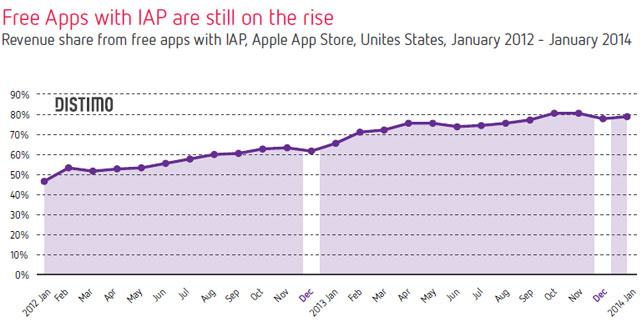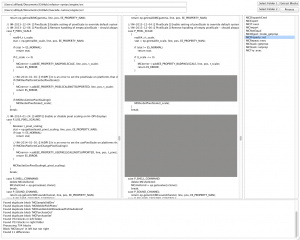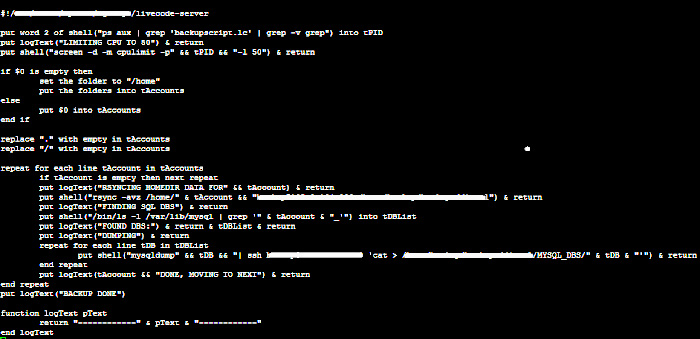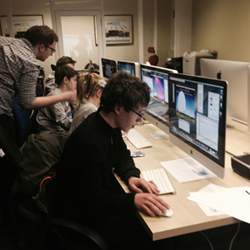For those of you that don’t know me, I am RunRev’s “Accounts Team”.. for those of you that do, you are also aware of my love of Fashion (and *really* High Heeled Shoes!) So it will come as no surprise to know my Blog Post was inspired by the fashion Industry. In particular a Model – Lyndsey Scott.
Lyndsey is a very successful Model. So successful in fact, she has worked with Prada, Gucci & Calvin Klein and is even one of the Victoria’s Secrets Models. All of this is clearly very interesting to me, however, why is it to you? Well, Lyndsey is a Coder too. The self proclaimed ‘nerd’ has written several apps, including iPort – an app that allows models to upload their ‘book,’ or portfolio onto an iPad.
Ms Scott is also a mentor at Girls Who Code, an organisation that helps teenage girls learn programming. She recently talked to the BBC about challenging people’s preconceptions about beauty as well as taking on stereotypes about women in technology.
“There are some people who maybe do programming and other things who maybe don’t get the attention they deserve, as they are not Victoria’s Secrets Models”.
It’s always interesting to me to see other people’s reactions to the ‘Geek World’ of the Software Industry. I work in it and many of my friends are shocked when they find out what I do.. and more specifically what LiveCode does and can do.
So I applaud Lyndsey Scott on behalf of the Software Industry, for admitting her own self-geekness and standing out to ask “Why shouldn’t everybody Code?”. Why indeed!
To see the Interview: http://www.bbc.co.uk/news/magazine-26473950
read more






 Although the sessions were aimed at 12-17 year olds our attendees varied quite a lot in age and coding experience, from none at all to one boy who uses LiveCode in his high school computing classes and likes it so much he came to do more in his free time, although that might have been for the tiny bit of coursework assistance we gave him. Regardless of age or experience we saw a lot of impressive apps, a lot of creativity, and we had a lot of fun too.
Although the sessions were aimed at 12-17 year olds our attendees varied quite a lot in age and coding experience, from none at all to one boy who uses LiveCode in his high school computing classes and likes it so much he came to do more in his free time, although that might have been for the tiny bit of coursework assistance we gave him. Regardless of age or experience we saw a lot of impressive apps, a lot of creativity, and we had a lot of fun too.
Recent Comments